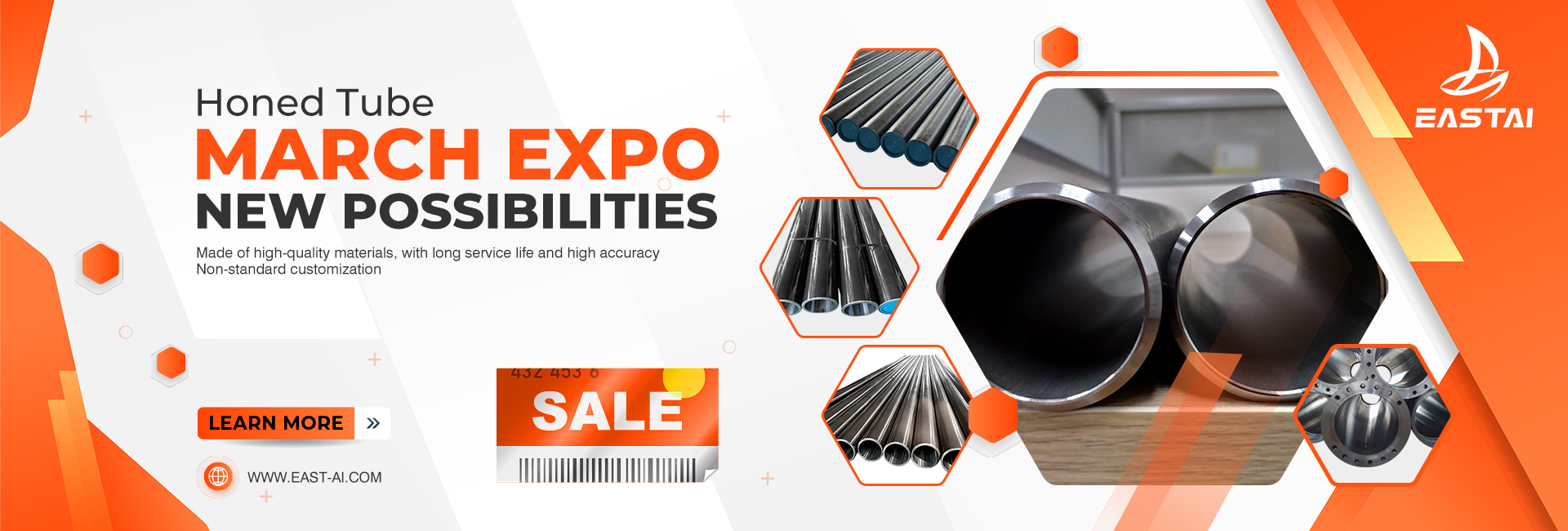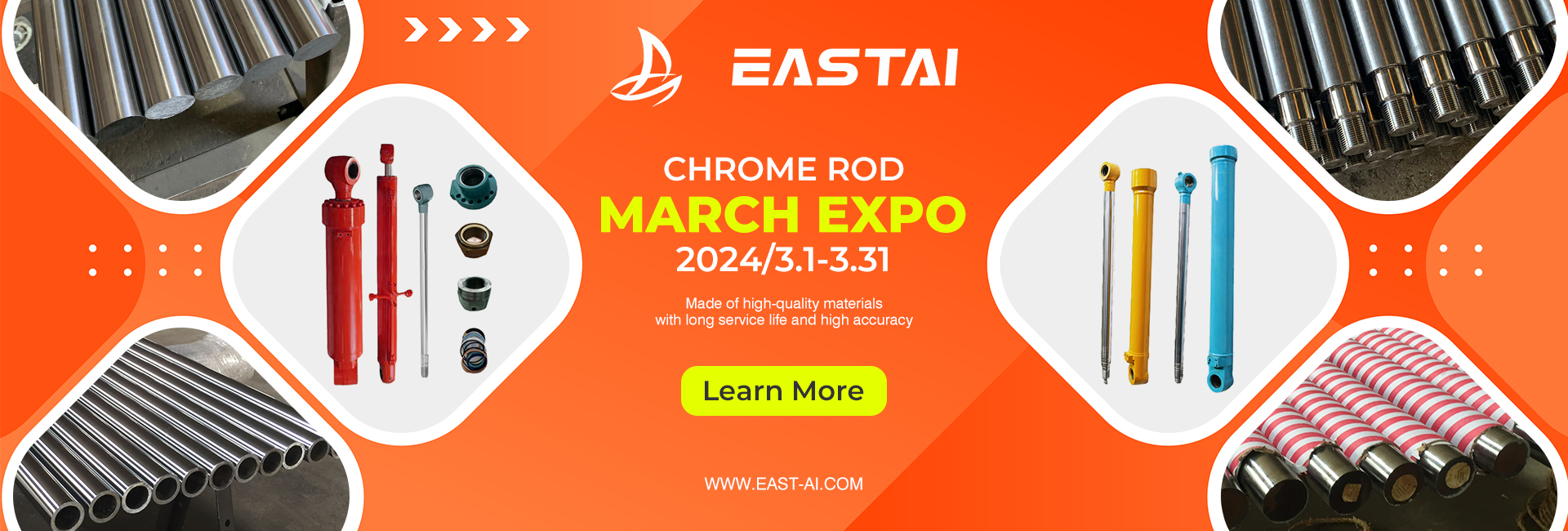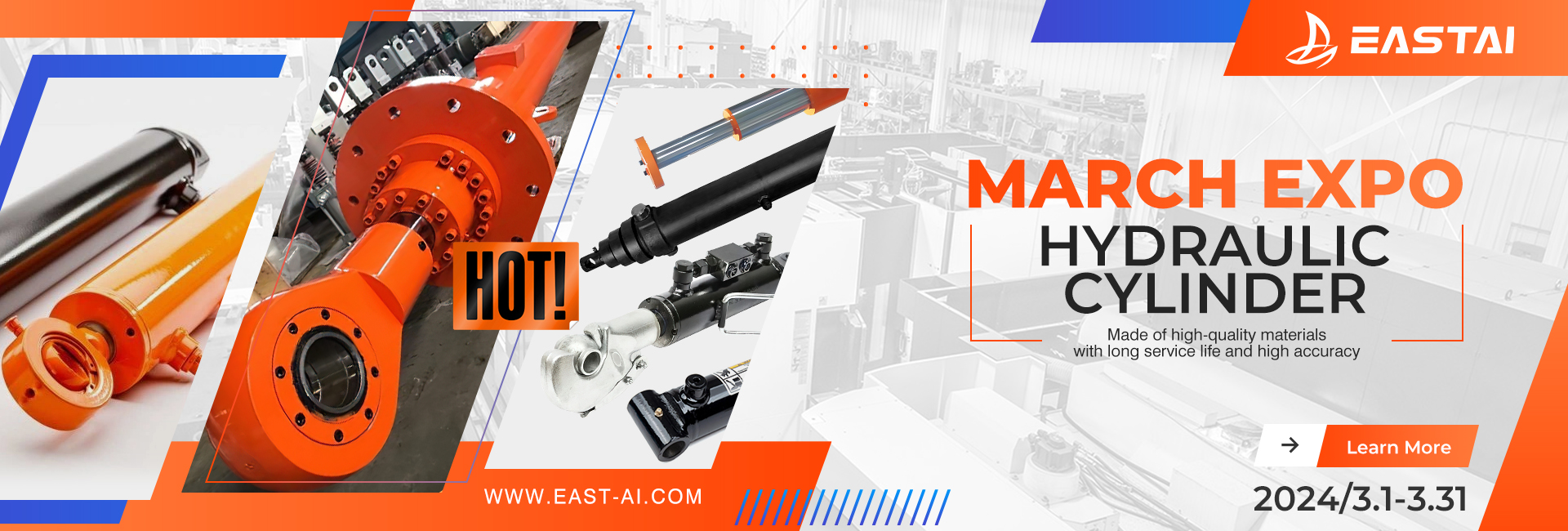Hydraulic cylinders play a critical role in a wide range of industrial and commercial applications, from construction and manufacturing to material handling and agriculture. They are designed to provide linear force and motion through the use of pressurized hydraulic fluid, making them an ideal solution for applications that require high levels of force and precision.
However, like any mechanical device, hydraulic cylinders are subject to wear and tear over time and can experience issues that can impact their performance. Regular maintenance and timely repairs are essential to ensuring that hydraulic cylinders continue to operate efficiently and effectively.
In this article, we will explore the importance of hydraulic cylinder maintenance and repair and provide an overview of the key steps and techniques involved.
Importance of Hydraulic Cylinder Maintenance
Regular maintenance is a critical aspect of ensuring that hydraulic cylinders continue to operate at optimal levels. It can help to prevent costly downtime, reduce the risk of equipment failure, and extend the life of the cylinder.
Some of the key benefits of hydraulic cylinder maintenance include:
- Improved performance: Regular maintenance can help to identify and resolve any performance issues before they become major problems. This can help to improve the overall efficiency and accuracy of the hydraulic system.
- Increased longevity: By performing regular maintenance, it is possible to extend the life of hydraulic cylinders. Regular cleaning and inspection can help to identify potential issues and prevent them from becoming major problems.
- Reduced downtime: Regular maintenance can help to prevent equipment failure, reducing the risk of downtime and lost productivity. Early detection of issues can also help to minimize the time and cost of repairs.
- Cost savings: Regular maintenance can help to reduce the cost of repairs and replacements by identifying potential problems early and preventing them from becoming major issues.
Key Steps in Hydraulic Cylinder Maintenance
The specific steps involved in hydraulic cylinder maintenance will depend on the type of cylinder, the operating conditions, and the manufacturer’s recommendations. However, the following steps provide a general overview of the process:
- Cleaning: The first step in hydraulic cylinder maintenance is to clean the cylinder. This can be done using a clean, dry cloth or compressed air. The purpose of cleaning is to remove any debris, dirt, or other contaminants that may have accumulated on the cylinder surface.
- Inspection: The next step is to inspect the cylinder for any visible signs of damage or wear. This may include checking for leaks, cracks, or other damage to the cylinder body or piston.
- Lubrication: If the cylinder requires lubrication, this should be performed in accordance with the manufacturer’s recommendations. Lubrication helps to reduce friction and wear on the cylinder components and can help to extend the life of the cylinder.
- Testing: The next step is to test the cylinder to ensure that it is functioning correctly. This may involve running the cylinder through its full range of motion and checking for leaks, performance issues, or other problems.
- Repair: If any issues are identified during the inspection or testing phase, they should be repaired promptly. Repairs may include fixing leaks, replacing worn or damaged components, or making adjustments to the cylinder’s operation.
- Record-keeping: It is important to keep a detailed record of all maintenance and repair activities, including the date of the maintenance, the components that were inspected, and any repairs that were performed. This information can be used to track the performance of the cylinder over time and to identify potential issues before they become major problems
Common Issues with Hydraulic Cylinders
There are a number of common issues that can impact the performance of hydraulic cylinders, including:
- Leaks: One of the most common issues withhydraulic cylinders is leaks. These can occur at the seals, fittings, or other points in the cylinder and can cause a reduction in hydraulic fluid pressure, leading to reduced performance or even equipment failure.
- Worn or damaged components: Over time, components of the hydraulic cylinder such as the piston, rod, seals, and fittings can become worn or damaged, leading to leaks or other performance issues.
- Contaminants: Dirt, debris, and other contaminants can enter the hydraulic system, causing damage to components and reducing the efficiency of the system.
- Overheating: Overheating is a common issue with hydraulic cylinders and can be caused by a number of factors, including high fluid temperatures, restricted fluid flow, or excessive load on the cylinder.
- Misalignment: Misalignment can cause excessive wear on the cylinder components, leading to reduced performance and increased risk of failure.
- Poor maintenance: A lack of regular maintenance can lead to the accumulation of dirt, debris, and other contaminants, increasing the risk of damage to the cylinder components.
Repair Techniques for Hydraulic Cylinders
The specific repair techniques that are used to repair hydraulic cylinders will depend on the type of issue and the manufacturer’s recommendations. However, some common repair techniques include:
- Sealing: If the cylinder is leaking at the seals, the seals can be replaced or repaired to prevent further fluid loss.
- Component replacement: If a component of the hydraulic cylinder has become worn or damaged, it may be necessary to replace it. This may include replacing the piston, rod, seals, fittings, or other components.
- Flushing and cleaning: If contaminants have entered the hydraulic system, it may be necessary to flush and clean the system to remove the contaminants and prevent further damage.
- Adjustment: If the cylinder is not functioning correctly, it may be necessary to make adjustments to the cylinder’s operation, such as adjusting the fluid pressure or changing the direction of the cylinder’s movement.
- Overhaul: In some cases, it may be necessary to perform a complete overhaul of the hydraulic cylinder, including disassembling the cylinder, inspecting the components, and making any necessary repairs or replacements.
Conclusion
Hydraulic cylinders play a critical role in a wide range of industrial and commercial applications, providing linear force and motion through the use of pressurized hydraulic fluid. However, like any mechanical device, hydraulic cylinders are subject to wear and tear over time and can experience issues that can impact their performance.
Regular maintenance and timely repairs are essential to ensuring that hydraulic cylinders continue to operate efficiently and effectively. The key steps in hydraulic cylinder maintenance include cleaning, inspection, lubrication, testing, and repair, while common issues with hydraulic cylinders include leaks, worn or damaged components, contaminants, overheating, misalignment, and poor maintenance.
By following best practices for hydraulic cylinder maintenance and repair, it is possible to extend the life of the cylinder, improve its performance, reduce downtime, and minimize the cost of repairs.
Post time: Feb-09-2023




